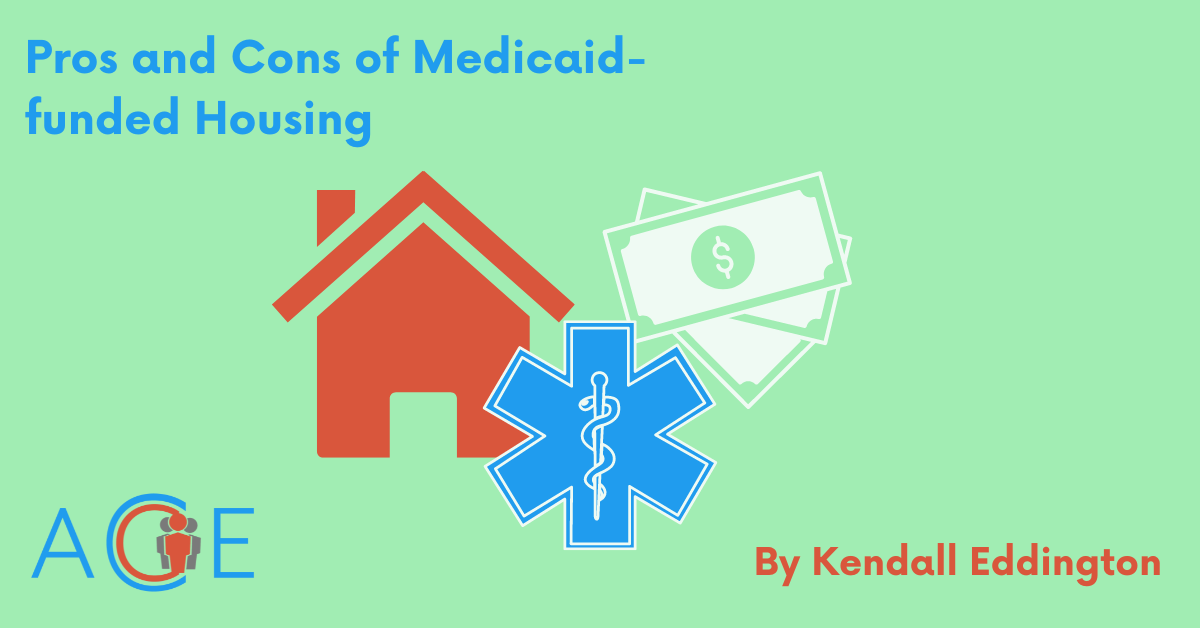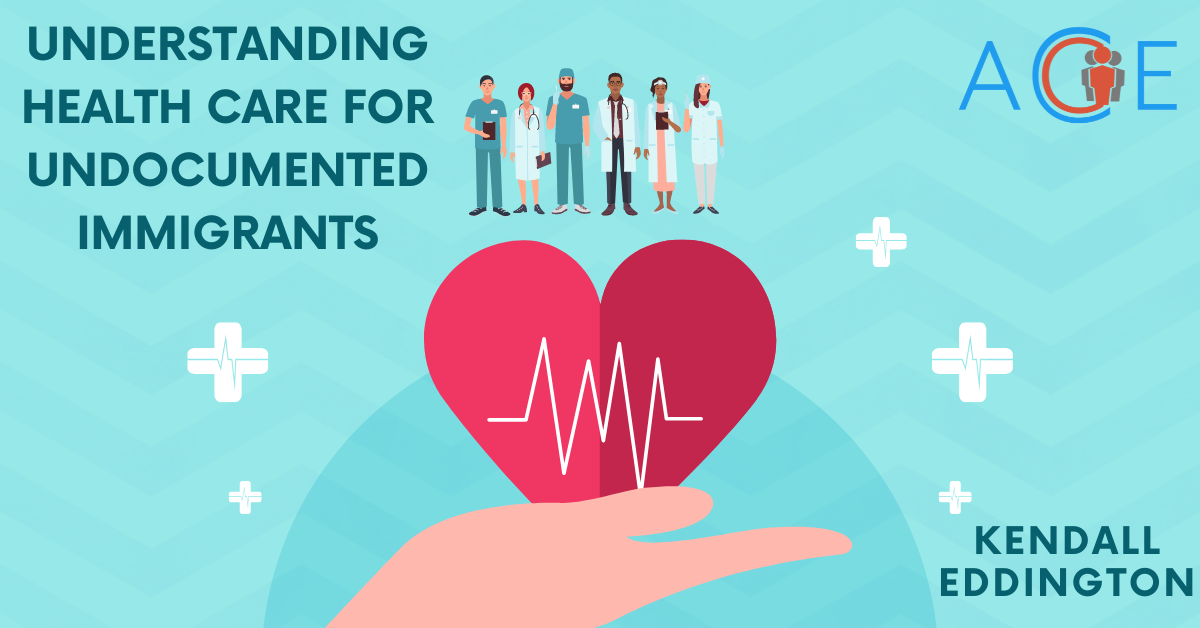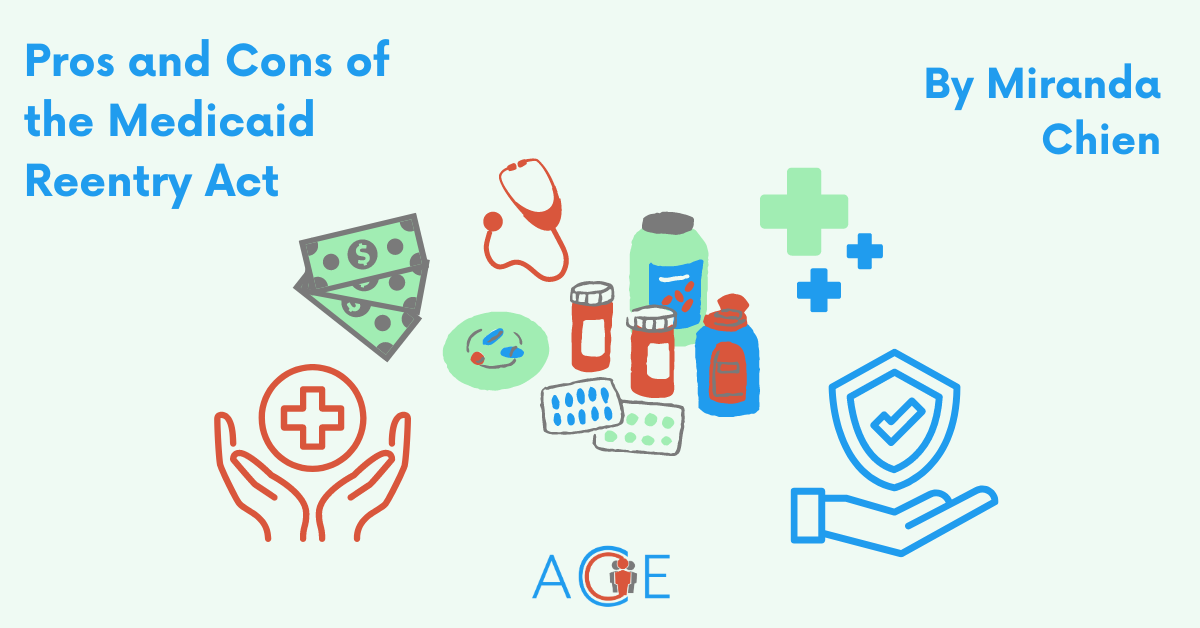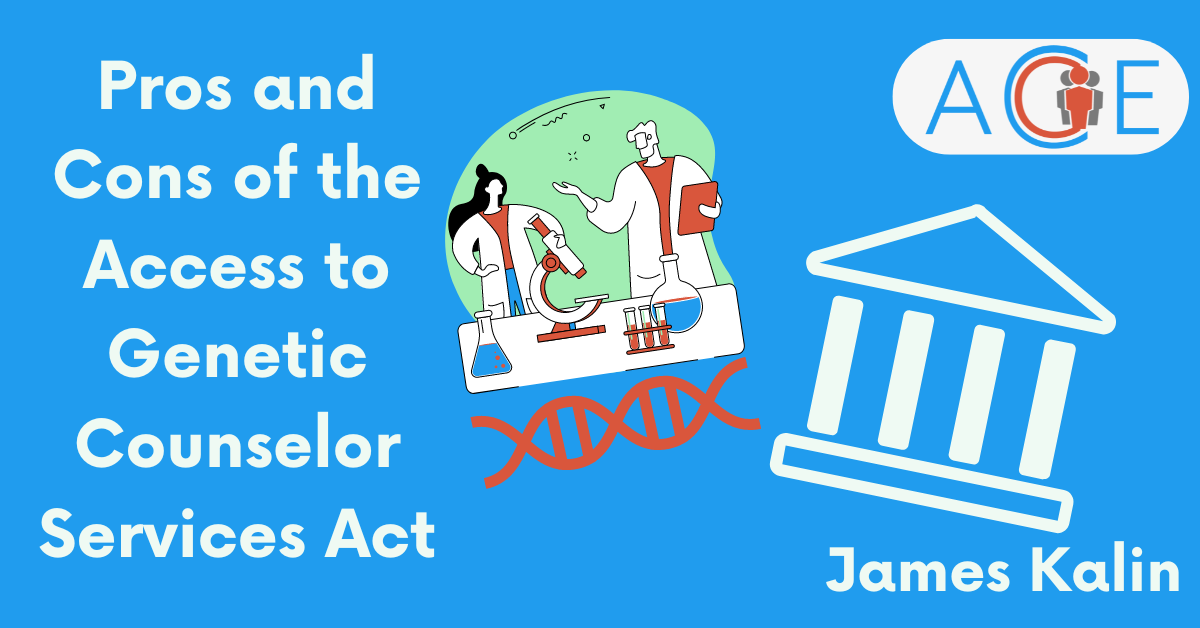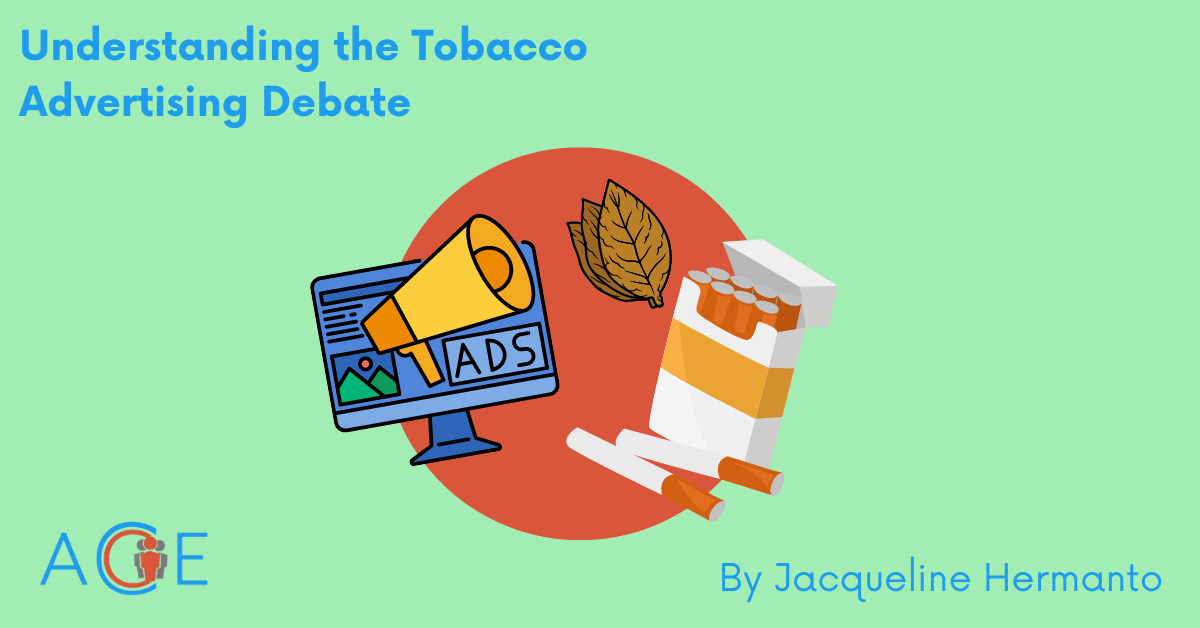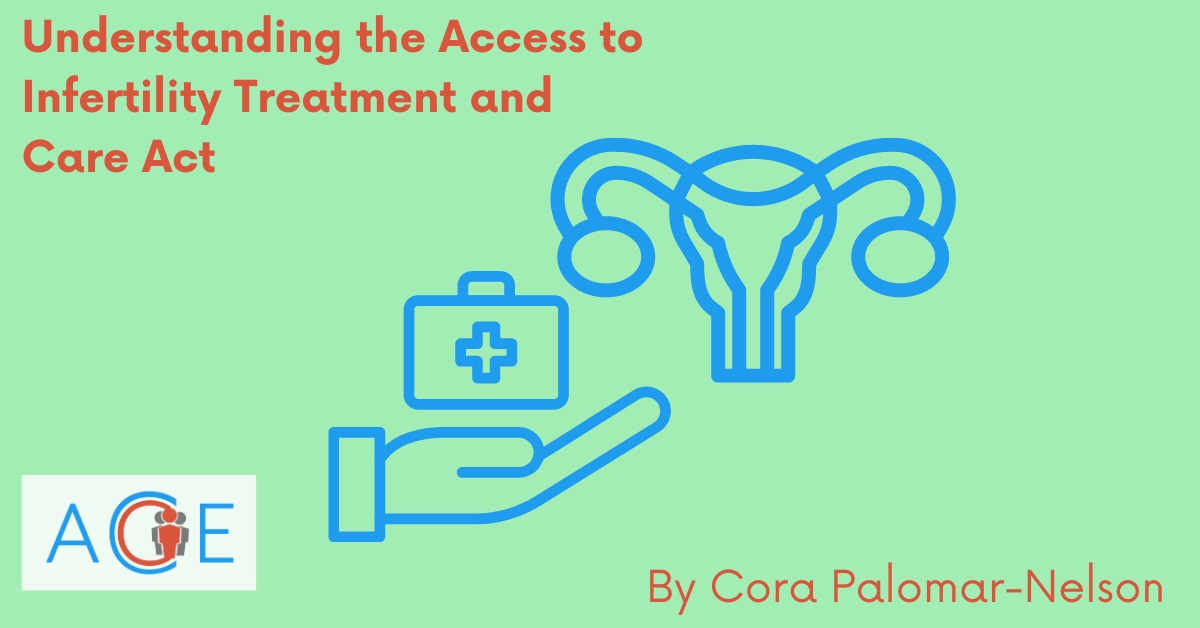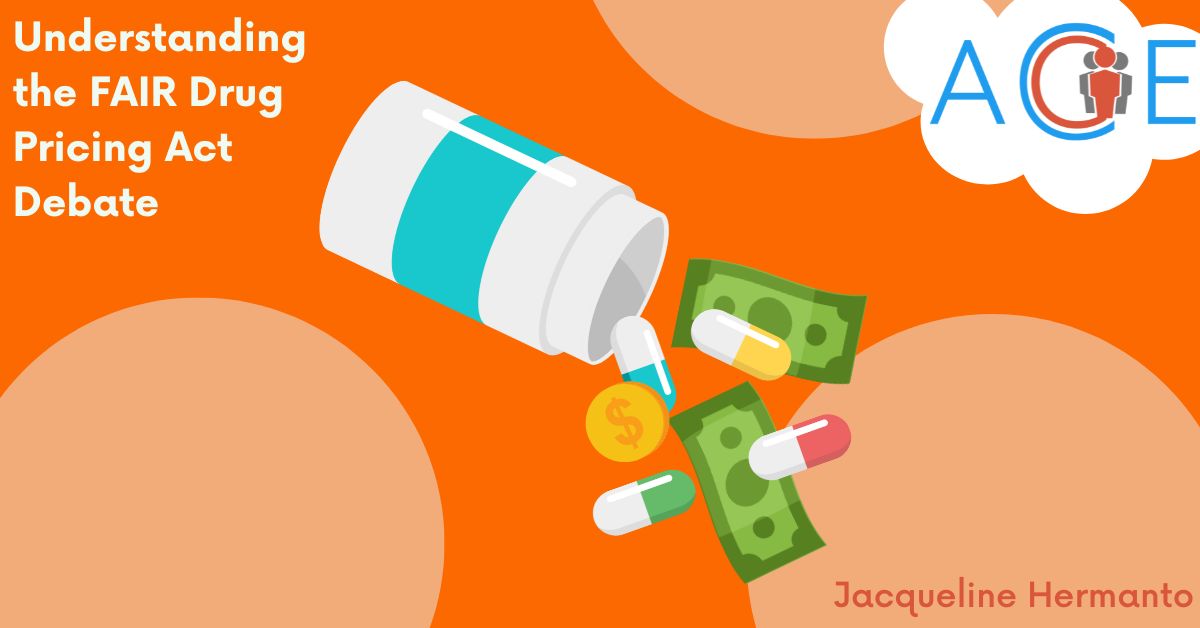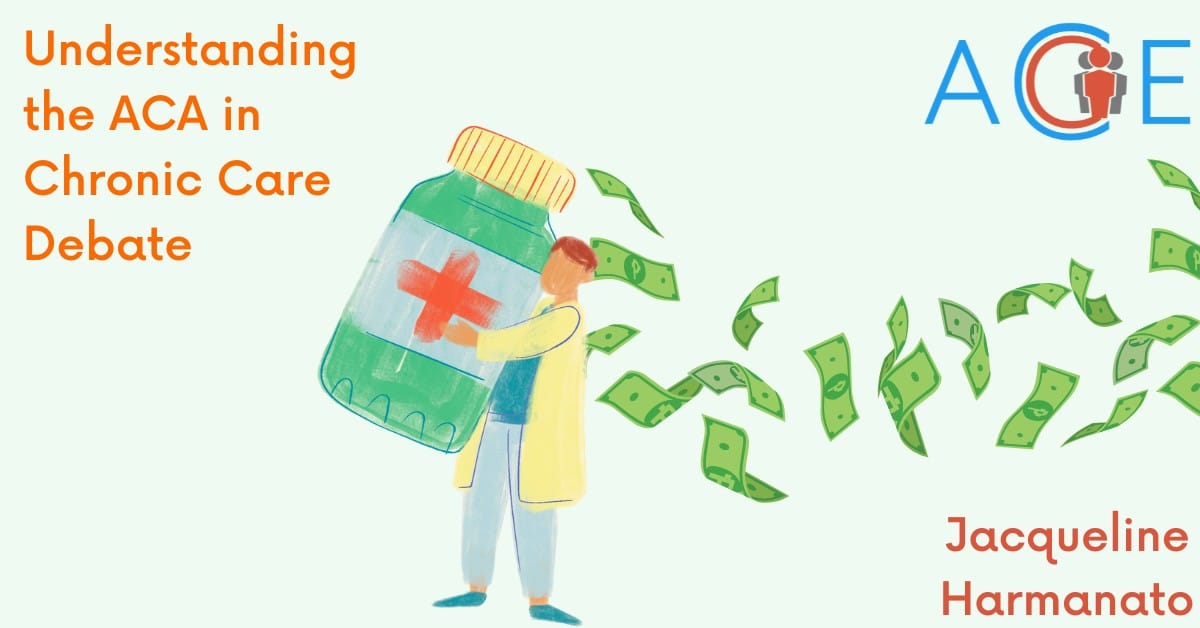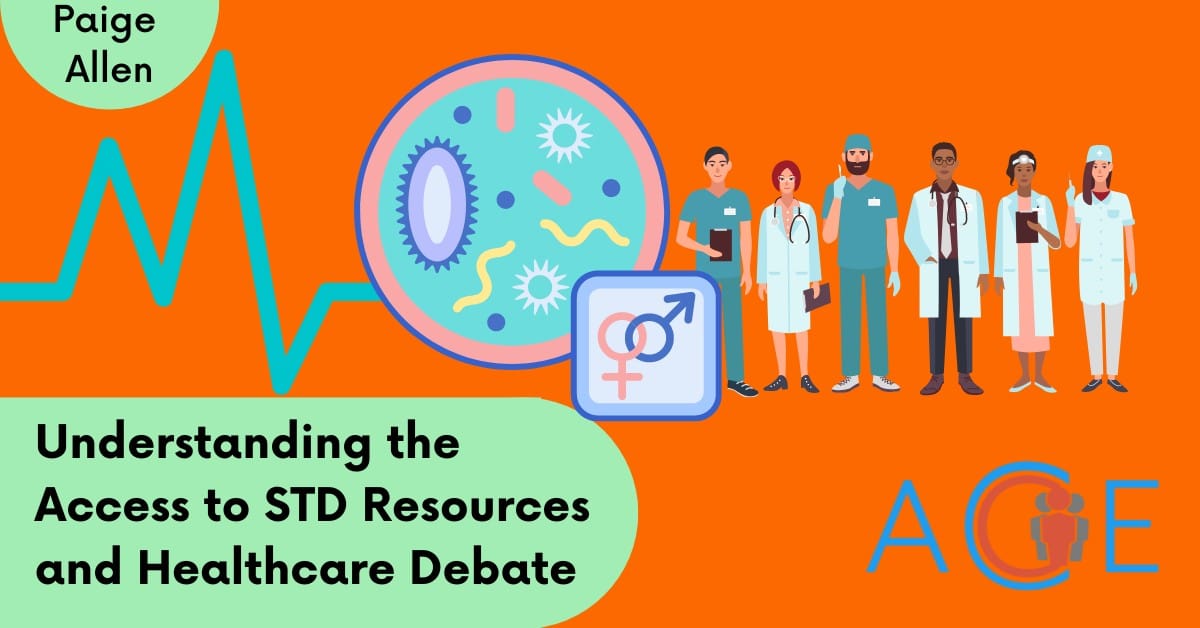What is Medicaid and Section 1115?
Medicaid is a federal government-funded health insurance entitlement program that provides health coverage to primarily low-income and disadvantaged individuals. Each state runs its own Medicaid program, so eligibility and benefits may vary.
While Medicaid benefits traditionally include physician and other health services, Section 1115 of the Social Security Act allows the Department of Health and Human Services to approve experimental projects that would promote Medicaid’s objectives. The Biden-Harris Administration is using Section 1115 waivers to fund their newest initiative, the Housing and Services Partnership Accelerator, which provides funding to eight states (Arizona, California, Hawaii, Maryland, Massachusetts, Minnesota, North Carolina, Washington) and D.C. to promote partnerships across housing and health sectors. States will collaborate with community-based organizations and housing providers to locate and pay for services such as rental assistance, security deposits, and housing transition services.
The Accelerator is part of the administration’s efforts to address social determinants of health (SDOH), which are the factors where people live, work, and play that affect health outcomes. There is a well-established correlation between housing status and health outcomes—unsafe environments, stress, limited access to resources and transportation and other housing-related factors are examples of how housing status leads to worse health outcomes. People experiencing homelessness experience many health disparities including higher rates of chronic disease, premature deaths and mortality.
Housing and Healthcare: An Effective Partnership?
Proponents cite that permanent supportive housing is effective in improving health outcomes, especially for individuals experiencing chronic homelessness, because it provides the basic resources and services needed to maintain health. Therefore, they argue the clear link between housing and health makes Medicaid an appropriate bridge between social services and healthcare.
However, those against using Medicaid funds worry that collaboration efforts may be ineffective. Government agencies, medical services, and nonprofits have rarely worked together in the past. In fact, some studies found that healthcare systems do not collaborate well with non-healthcare organizations because of the differences in their core missions, political power, and lack of expertise. Those in favor of funding housing through services that specialize in housing argue that prioritizing immediate health goals in housing policies is less effective than investing in long-term health outcomes. Due to the mismatches between priorities of health systems and social service organizations, they argue the task of addressing SDOH is mishandled and opportunities to invest in long-term health are overlooked.
Cost-Benefit Analysis
Additionally, many advocates for Medicaid-funded housing believe that the initiative will save healthcare costs over time. They believe that funding housing services will decrease health disparities related to housing status, which in turn will decrease healthcare spending.
For example, people experiencing homelessness tend to depend on emergency departments and overnight stays for healthcare. Their dependence on hospitals carry high costs for the healthcare system—the top 5% of hospital users are overwhelmingly poor and housing insecure and are estimated to consume 50% of U.S. healthcare costs. Patients with documented housing instability also require mental and behavioral care at a rate ten times higher than people without housing instability and have longer lengths of stays, with an average of two additional days. Case studies in Oregon, Chicago, and New York have found that permanent supportive housing successfully reduced Medicaid costs, hospital days, and emergency department visits.
However, mixed literature on the cost effectiveness of funding housing services is why many are against using Medicaid for funding. One randomized trial found that providing permanent supportive housing for chronically homeless individuals decreased psychiatric emergency department visits by 38%, but did not decrease medical emergency department visits or hospitalizations. In fact, one study explained that SDOH initiatives often struggle to generate returns on investment due to the complexity of our healthcare system. Those against using Medicaid funds for housing argue it would take away from already struggling programs related to basic health needs.
Housing Crisis Solutions
Those in favor of Medicaid-funded housing also point out the importance of addressing both health disparities in unhoused populations and also the homeless crisis. Medicaid-funded housing may be the quickest way to help disadvantaged Americans because Medicaid is an entitlement program, meaning anyone eligible for its services is entitled to them. On the other hand, housing programs have budgets set by Congress and are underfunded. 75% of those eligible for federal housing assistance do not receive it, and the overwhelming demand has caused many housing agencies to stop taking applications. Because of the differences in funding structure, some argue that there is a moral obligation to provide care because it is not possible to completely overhaul the housing department and it is unethical to deny services on the basis of waiting to research returns on investment. For example, the director of the Center for Medicaid and CHIP Services noted that saving money is not the only issue at hand and that it is important to also evaluate health outcomes.
However, some argue that this perspective ignores the root problems of the housing crisis and will only threaten the future of housing programs. For example, some housing experts are worried that the funding will also set back people in line for federal housing assistance or even threaten their eligibility for other homeless services. Additionally, a study assessing Maryland’s 1115 waiver program from 2022 explained that limited supply of affordable housing and participant backgrounds (such as rental history, credit scores, and stigmas against people experiencing homelessness) made it difficult to locate housing solutions. One of the hospital executives interviewed in the study said that without government action to increase housing, SDOH cannot really be addressed.
Takeaways From the Debate
Advocates for Medicaid-funded housing services cite previous Section 1115 initiatives and their successes such as improved health outcomes, healthcare cost reductions, and housing crisis solutions.
Those against the initiative cite problems with past health-housing initiatives, including ineffective partnerships, minimal return on investment, and inability to address root problems of SDOH and long-term health goals.
